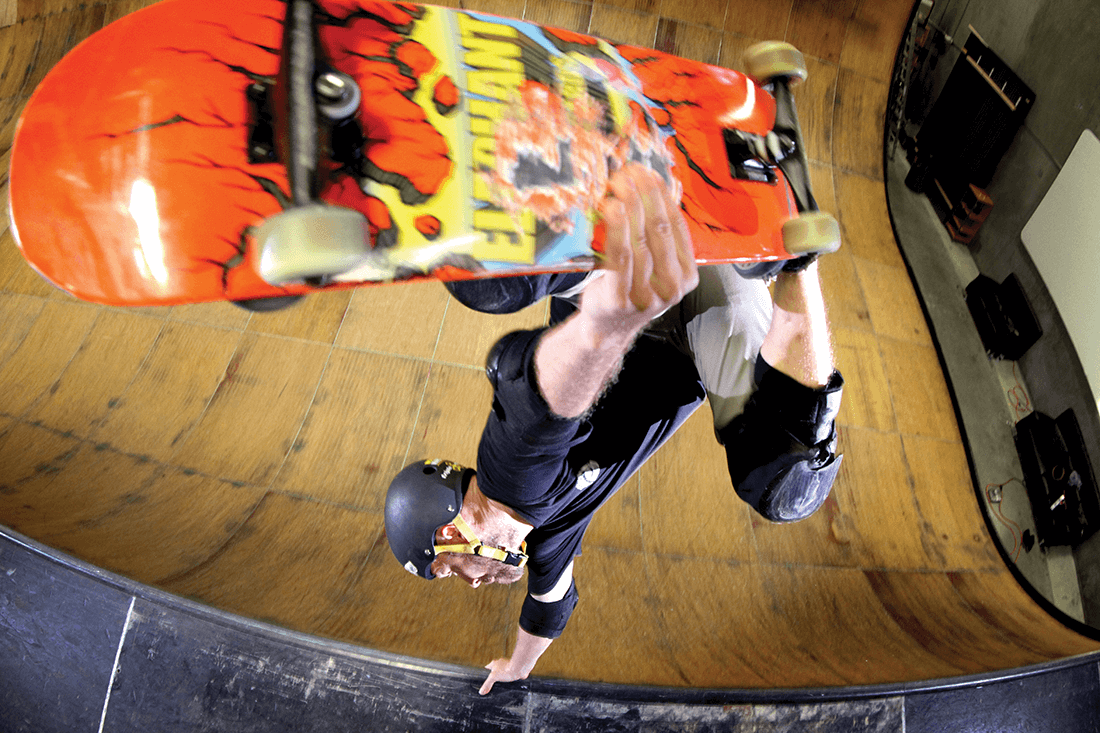
NEAL HENDRIX – Pro Skateboarder & Photographic Anthropologist
Words & Photos By Eric Hendrikx
rofessional skater Neal Hendrix travels to distant and exotic regions of the world, a luxury realized through his talents on a skateboard, talents that have also achieved merits including, among numerous rankings and participation in global events (Neal skated in the closing ceremonies of the 1996 Olympics in Atlanta, Georgia), his five X Games medals in vert skating. He has participated in the Vans Warped tour for eleven years, skated on Tony Hawk’s Boom Boom Huck Jam, reported for Fuel TV’s show “The Weekend Update” and currently holds the brand manager position at Woodward, a skate camp for kids with locations in California, Pennsylvania and China. Along this tremendous path in skateboarding, Hendrix has developed a deep passion for another form of art that can travel with him—photography.
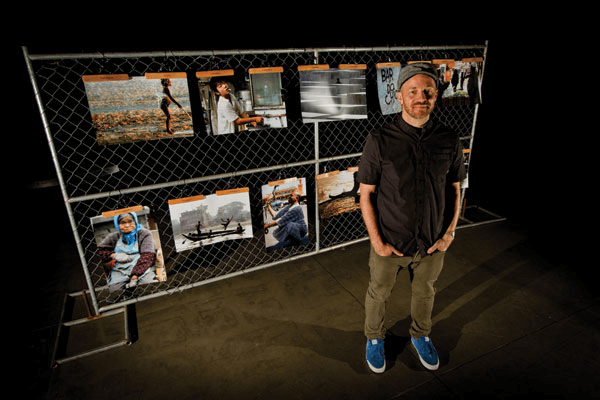
Aside from packing his boards and a spare set of bearings when bound abroad, Hendrix takes along his camera, capturing moments from his worldwide experiences with the intention of sharing his Western-juxtaposed images with family and friends. Yet the result of his photographic achievement has reached beyond his inner circle, and beyond skateboarding. Over the past several years, Hendrix has documented, in a style he identifies as “silent photography”, the very essence of what comprises the social composition of the cities he has passed through, down to the individual. Actions and expressions frozen in time, tell a massive tale of political establishment, social hierarchy, and cultural variation at a relatively microscopic level—that of the individual. Hendrix’s secondary discipline, while the phrase photographer comes into play, can be better defined as socio-cultural anthropologist, as he offers honest insight to social statuses and roles, groups, institutions, and the relations among them in distant regions around the world.
Candid portraits of children jumping off boats into the waterways of Bangladesh; a cobra dancing in the hands of a Moroccan snake charmer; a resident of the vibrant favelas of Rio de Janeiro, are what one could expect to appreciate at a Neal Hendrix photography exhibit. The exhibit will run from November 29 – December 8, 2012 with an opening reception and Q & A on November 29th from 6:00pm – 9:00pm at the Kerckhoff Art Gallery located at 308 Westwood Plaza, Los Angeles, Ca.
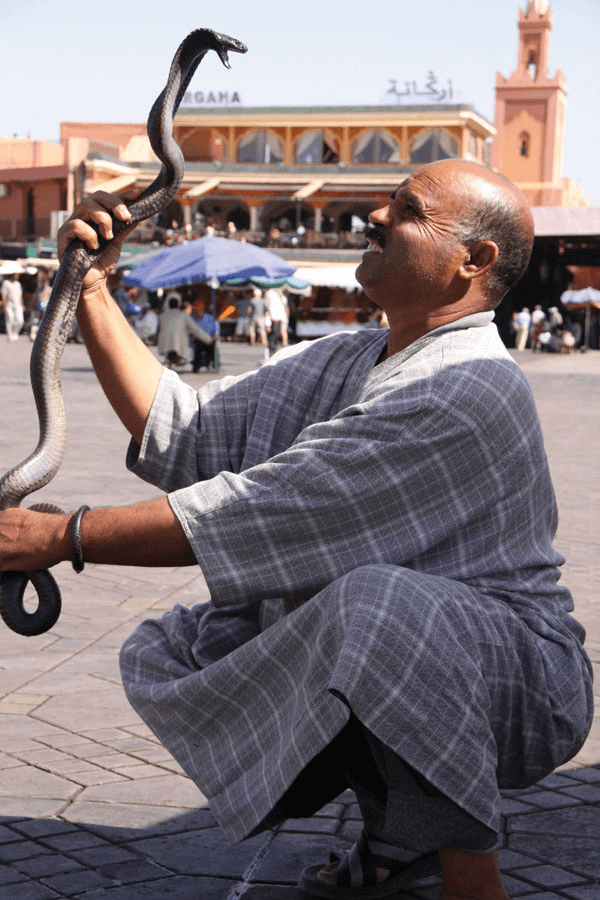
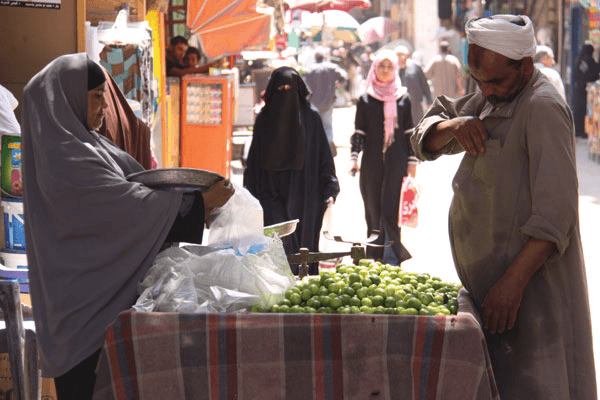
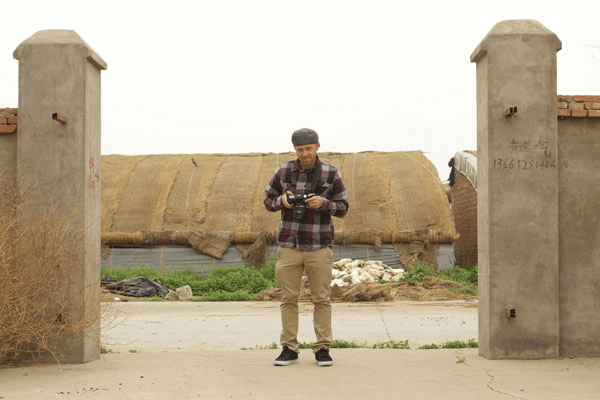
We were fortunate enough to sit with Neal and discuss his upcoming not-to-be-missed photography showing at UCLA, exhibiting from November 29 to December 8, 2012.
RIS: Where did you shoot the images that are being shown at your upcoming exhibit?
Neal: The collection of images was taken during my skateboarding and some non-skateboarding travels over the last few years. The most photogenic places for the kind of silent photography that I’m into have been Brazil and China. There’s a little bit of Morocco, Thailand and Dubai thrown in there as well.
RIS: Why do you think those countries are so photogenic?
Neal: Well, Rio is one of the most photogenic and colorful cities in the world. I’ve been going there for skate contests forever, skateboarding is huge in Brazil. I’ve always been a friend with many of the Brazilians skaters—Bob Burnquist, Sandro Dias, and Lincoln Ueda, and a number of other incredible athletes in my sport. I’ve always loved going to the vert contests and I got to spend a lot of time in there over the last ten or fifteen years. Rio is a beautiful city, super dynamic. It has the landscape of Hawaii but with an incredible urban backdrop. I’ve always been fascinated by the favelas that populate the outlying hills. It’s an area that tourists, even residents, don’t often venture into but I’ve made my way in there to appreciate what it’s all about.
China is photogenic in a really different way, specifically Beijing and Shanghai. There is so much of people’s lives exposed out in the streets. The markets are in the street, people do their laundry in the street, people giving haircuts in the street. There are so many people that everything is going on around you. To me it’s about how different cultures act and live and work compared to how we do in America, I’ve always found it super interesting.
RIS: What is something you hope to express through your photography of the Chinese culture?
Neal: It really sucks, because you can’t capture this on film, but I always find the smells in China are unlike anything and anywhere. It’s so distinct. There are smells of all sorts, interesting foods and spices, other cooking ingredients and materials. I feel like, being someone from the first world who has grown up in America, the first thing you’re going to notice is the marketplace. People are out there chopping heads off chickens, other live animals are being killed in the in the streets and alleys, and no one thinks twice about it. That’s just how life goes on there, how you get your next meal. American’s drop their jaws to the floor when they see their dinner beheaded in front of them.
RIS: What about Brazil?
Neal: In Brazil there’s a whole other set of unique things that you witness there. The favelas are part of a whole underworld that I find really interesting. A lot of it is sad and harsh, areas run by gangs, a lot of drugs and guns there which is super gnarly. I was lucky enough to have some friends take me to some of these places. Sometimes it was a friend of a friend of a friend, they knew what I was trying to capture. There were situations where I was told what I could and couldn’t take photos of, and I witnessed a lot of events that I wish I could have photographed but didn’t want to disrespect the opportunity, or put my life in any more jeopardy than by simply being there.
RIS: What’s the story behind the image portraying a cobra?
Neal: That was taken in Marrakesh, Morocco. I had always wanted to visit Morocco and I didn’t think skateboarding would ever take me there. A couple years ago we had a skate contest in Zurich, Switzerland and I planned a trip to visit Marrakesh just after. I went there on my own. Marrakesh is a really old market city in Northern Africa. The main city square is a market during the day, and then at night it regenerates, filled with food stands throughout. There are all kinds of vendors in the plaza making money from tourists including snake charmers, monkey handlers, and other exotic talents and animals you wouldn’t experience anywhere else. That’s where I photographed the snake charmer. The gnarliest thing about that photo is what happened shortly after I took it. There are a lot of really cool cafés surrounding the plaza. I spent a lot of time there. I would get a drink at a café, sit up on the second floor above the plaza and, with my long lens, capture moments that intrigued me. From there I got some really cool photos of the merchants and stuff like that. A few weeks after my departure there was a horrific Al Qaeda bombing, they blew up those cafés that I had spent the majority of my time in. Fourteen tourists were killed in the attack. Fortunately, I didn’t have any bad experiences during my stay, but as soon as I saw what happened, I was reminded of the reality of those regions, and what they have to endure. The cafés that were destroyed are portrayed in some of my images. It’s really eerie to look at them and think about their outcome.
RIS: The photos that you’ve taken show a juxtaposition between what you do in your life with action sports and something completely different. What draws you to capturing images of something so distant from your own expertise in skateboarding?
Neal: You know I started taking photos when I realized how lucky I was to experience all these other cultures while on my path in skateboarding. My intention was to share some of these obscure and exotic realities with my friends and family whom I knew may never have the opportunity to see them firsthand. I was drawn to photograph imagery that was far from anything we might see here, how these different cultures live. And as I got more into it, I became more passionate about what I was doing and my desire greatly increased to explore deeper into these non-western regions, how they live, where they work, where they live. I’ve photographed are some of the poorest places in the world, but at the same time, some of the most colorful. In my upcoming exhibit I am showing several photos from my travels in Bangladesh, probably the poorest place that I’ve ever visited. There is so much life there, so many vibrant colors, and children smiling and playing. It’s so beautiful in its own way.
RIS: What’s the most dangerous position you’ve encountered while photographing in other countries?
Neal: I always try to be respectful. And I shoot with a long lens, which creates quite a bit of distance between my subjects and myself. China is really easy because it’s so busy and crowded, people are moving in a million different directions. If you want to shoot a photo of a guy cooking snakes, he probably won’t ever take notice of you. Sometimes a subject will wave me off or give a dirty look, and I simply move on.
The only time I was ever confronted in a potentially dangerous way, the only time I felt the need to literally run for my life, was in Cairo, Egypt. I was there shortly after the political revolutions, when the entire country was in a state of complete chaos. I was shooting in a market area and one of the locals grabbed and detained me, or attempted to detain me. His action stirred a large confrontation between him and several other people in the market place, who were fending him off. More and more people joined in, some trying to notify the authority that some strange guy was taking photographs of them, and others having my back and trying to get me out of the situation. Egypt, at the time, was at a point where no one really knew who was in charge and anything unusual was perceived as some sort of threat. I was able to break away during all the commotion and get out of there as quickly as possible.
RIS: What can people expect to see when they come to your upcoming gallery at UCLA?
Neal: I’ve held several exhibitions over the past few years with a great assembly of my photography. This particular opportunity came from someone involved with the UCLA Cultural Affairs commission who found it fitting that I am a professional skateboarder who has photographed diverse cultures around the world. I’ll have the opportunity to do a Q&A session with their student affairs about the many places I’ve visited and my experiences through skateboarding and photography.
RIS: Will people have the opportunity to purchase you work?
Neal: There will be prints for sale at the opening event. And I’m working on a proper store for my website soon (www.nealhendrix.com)
RIS: What’s next in the progression of your work?
Neal: I definitely want to do more of it. I feel like there are so many incredible places in the world that I want to visit. I’m dying to visit India. I also want to go to Cuba. I know that travel restrictions are likely to be relaxed in the near future and I want to see Cuba while it’s in the state that is in now, before the inevitable changes occur that are associated with tourism and things like that.
I also just secured another show in Malmö, Sweden in the coming spring. I skate there every year in an event called Vert Attack. They’ve been doing it for about seven or eight years and always include art and music events to accompany the skateboarding. So along with skating in the event, I’ll be exhibiting a number of my works. I’m always keeping an eye out for opportunities like that to show my stuff.



